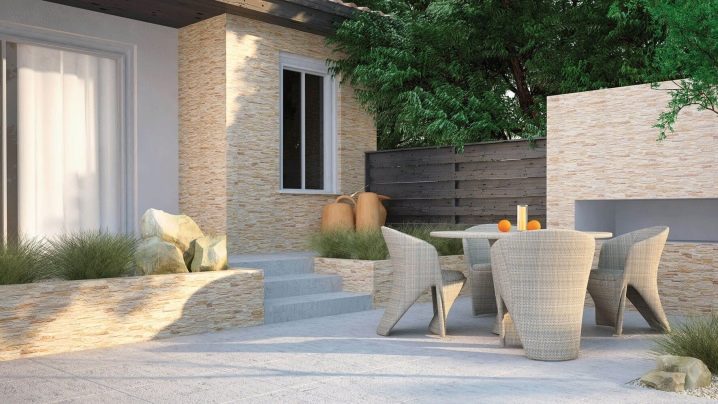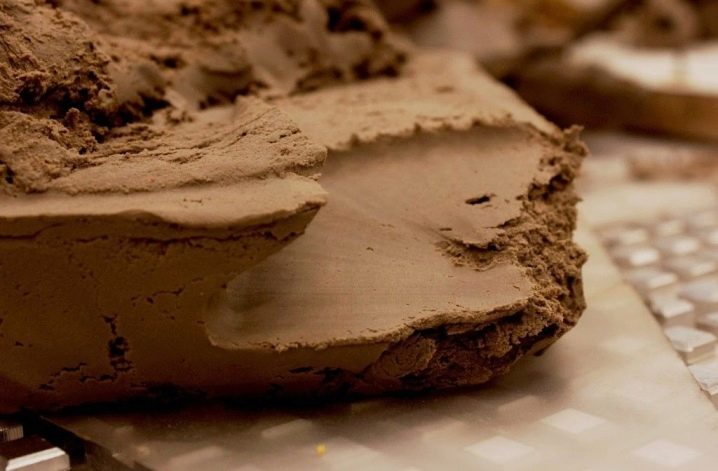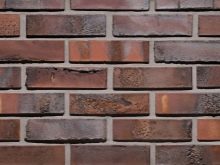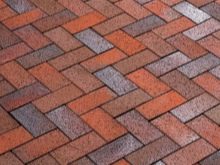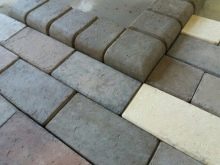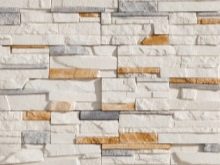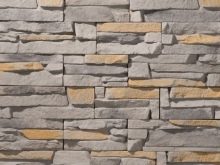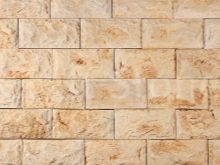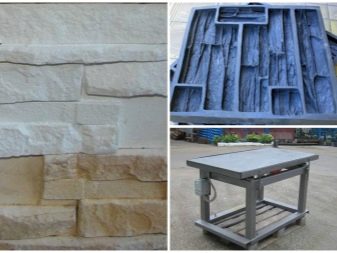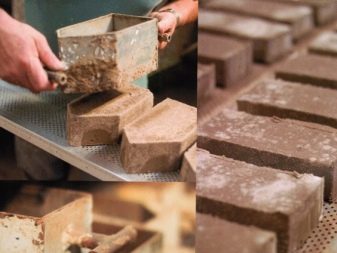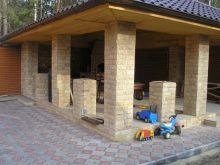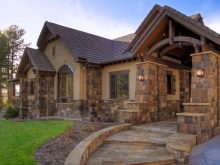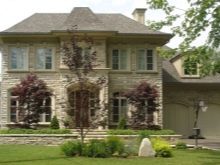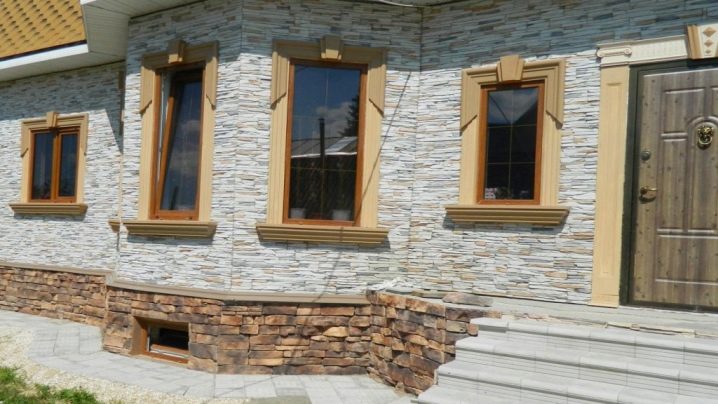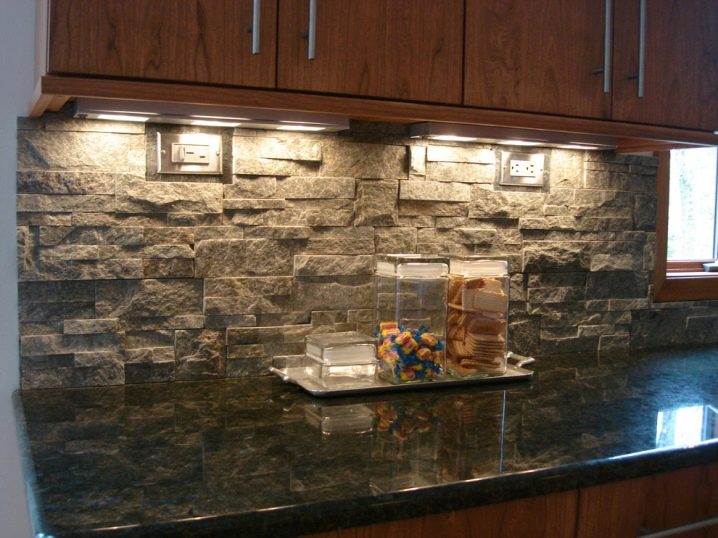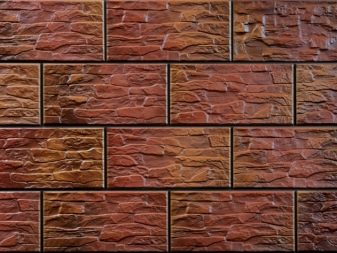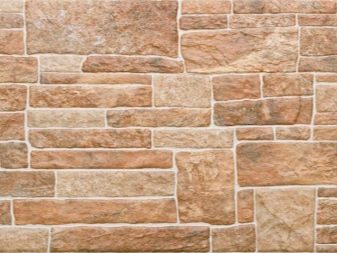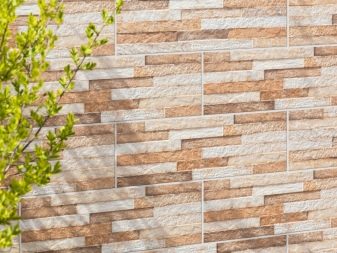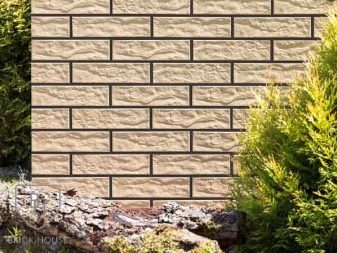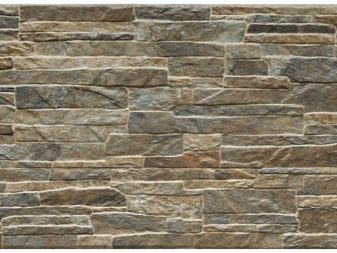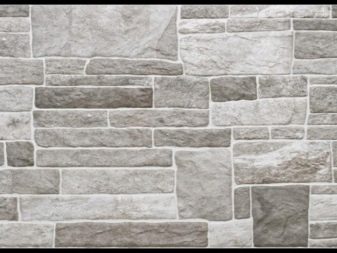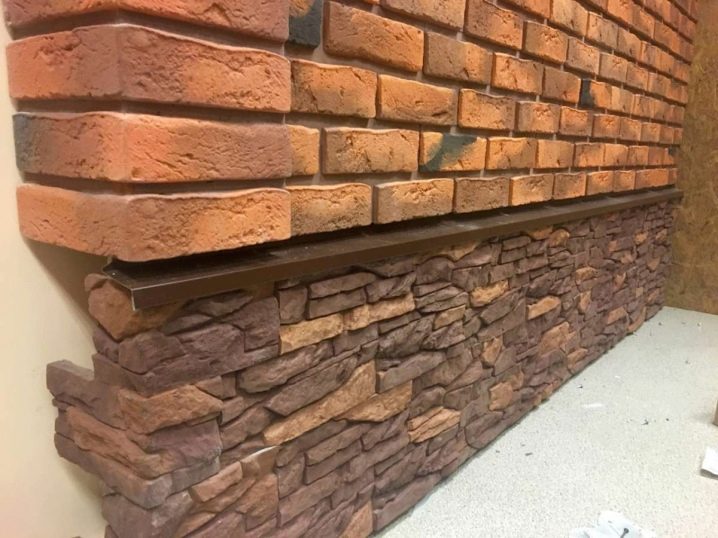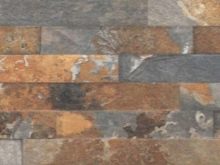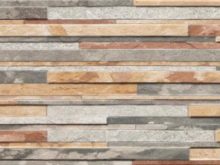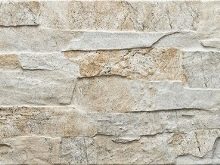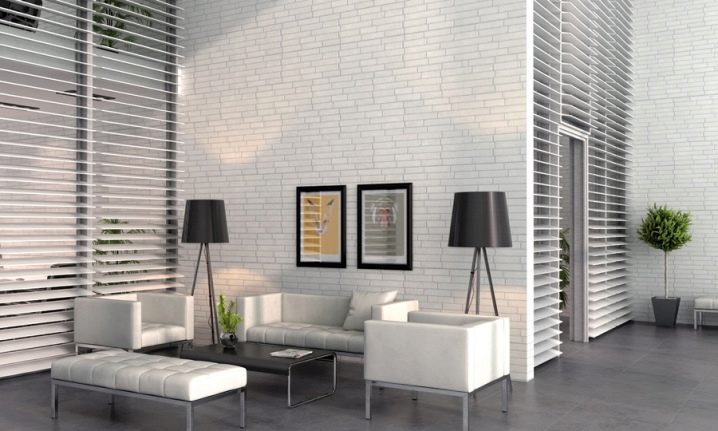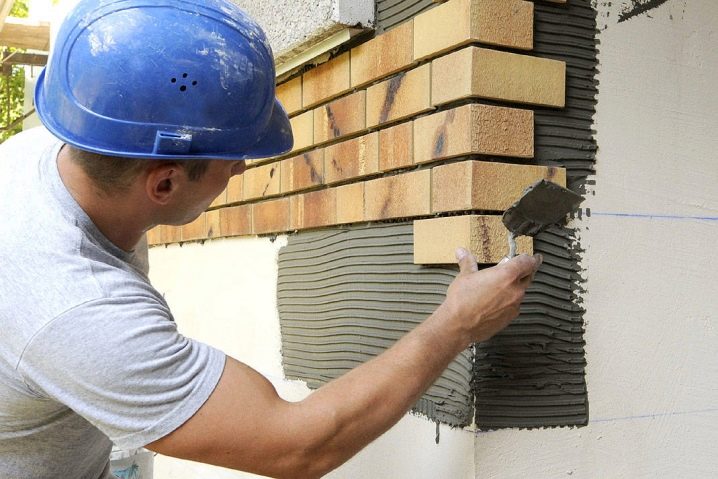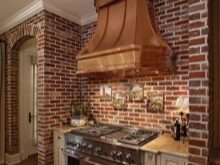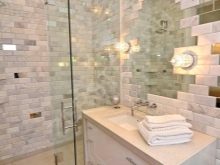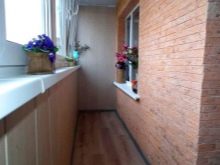Clinker tiles under the stone: the pros and cons
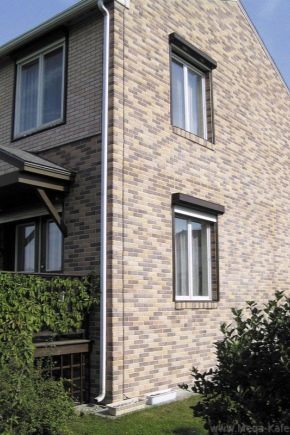
The clinker stone is a versatile and very easy to use material. It is used in construction and at registration of exterior finish, and the artificial stone is not less strong and durable, than natural analog.
Accordingly, the clinker tile under the stone because of its reliability and decorative qualities is popular. However, like any product, clinker also has positive and negative characteristics.
Manufacturing technology
To get quality products, manufacturers choose plastic clay with the content of the required mineral composition.
The clay entering the production from the quarry is cleaned of impurities and mixed. Through the use of different types of clay, you can achieve the desired shade of the material and obtain the necessary degree of strength, thermal conductivity, and water absorption.
Chamotte must be added to the clay, it is responsible for heat resistance. It is with his help that clinker is produced with fire-resistant characteristics. It is used when facing fireplaces and stoves. Not only tiles are made from clinker, but also bricks, curbs, and paving stones.
The most popular today are: "torn" stone, slate, the product "under the brick" and dolomite.
DIY tile
In addition to the option of buying tiles in the store, it is possible to make it yourself and realize any design idea of yours.
First you need to make a form, then dilute the solution and pour it into the container. At the final stage it remains to pull out the tile. When you have produced the required number of products, you can proceed to the finish or put the manufactured product in storage.
The brick tile which production is engaged in the specialized enterprises differs in the high durability thanks to the fact that it is processed at very high temperature.
The buildings constructed with the use of natural stone look bright and organic. It has many advantages - beautiful appearance, resistance to external factors, long service life, exceeding a decade. There is only one significant disadvantage - the high price.
Therefore, some homeowners decide to do their own hand tile, because it will greatly reduce costs. And if you follow all the technology and do not save on materials, then in quality it should be no worse than what is produced at the factory.
Materials
The appearance of the house is of great importance for its owner. But it is not necessary to invest large amounts in the facade. Modern materials allow you to make an exact copy of the natural product, but the costs will be lower and the quality of the cladding will not suffer.
There are various material options. They include artificial and natural ingredients. The most expensive tile "under the stone", in which there are natural ingredients. It is also called the “wild” stone. Natural minerals are pressed and then burned.
The front side of the product is smooth or glossy.But recently such a fashionable trend as an aged look of the surface has been popular.
Tile "under the stone" is almost impossible to distinguish from facing bricks, but the cost of artificial material is much lower. This tile is made of concrete. Because of its low weight, it facilitates styling. Modern technologies allow to give such a tile any shade.
"Stone" tile, made from certain types of clay, also has a very affordable price and has unlimited possibilities.
How to choose
The most important nuances that should be guided when choosing lining, are resistance to external factors and the coefficient of expansion. These indicators allow us to conclude how well tile will be mounted in the surface.
In addition, it is necessary to calculate the total area of the walls that you will veneer, and to compare the result with the size of the tile. This procedure will take some time, but it will save you from buying excess material and additional expenditure of funds.
When choosing a particular type of lining, consider its service life, external qualities, ease of maintenance, quality parameters, price.
Popular brands
Leading position in the European market is occupied by the company's products. Cerrad. In its manufacture method is used dry molding. Consumers are always offered a large number of shades, textures and sizes.
There are several types of decorative coatings of this company:
- facing material for the base;
- frost-resistant tiles;
- front stone.
No less famous tile "Canyon". Environmentally friendly and high-quality material promises long-term operation of this product. A similar type of cladding trim basements and facades of buildings. Special brackets available in the design facilitate installation and save time.
There are a few more popular companies whose product quality can be trusted. These include German firms. Argeton moeding and Italian factory Sannini.
Laying cover
The facade, decorated with clinker tiles, looks very similar to the brickwork. Such a finish can be found not only outside, this tile is also successfully used in interiors.
Possible disadvantages include not very easy styling process. But if you stock up with all the necessary tools and materials, select the glue correctly and familiarize yourself with the instructions, then the whole process will go without complications. And your house will become a real pride for you if you make it yourself.
Most often, the thickness of the facade tiles is no more than 14 millimeters, so it can be easily glued to the wall.
Before this, the desired area is treated with a thin layer of glue, and then the lining is easily fixed. The main thing is that the surface is smooth and clean.
The base may be a screed, brick or concrete. First you need to apply a primer on its surface to improve adhesion to the wall. If on the basis there are traces of old finishes, there are cracks, irregularities, then all this must be carefully removed. Only after this procedure should begin the main work.
If you are working with a facade, then surely you will want to insulate it. Therefore, you first need to glue the special panels. Only after that should lay tile. There is another option. After covering the building with insulation, special plaster is applied, and then a decorative coating is laid.
Prepare in advance all the necessary materials and markup. Use small areas to glue to avoid premature hardening.
The grip will be great if you apply a brush at a time when brushing the glue. A part of the tile is also applied with a thin layer of glue.
As with gluing ordinary tiles in the premises, it is necessary to start from the second row from the bottom after fixing the special rail. After all the work is completed, the lower part will be finalized. Be prepared for the fact that if necessary it will have to be cut.
In the next video you can see in more detail the process of installing clinker tiles on the facades.
Interior finish
The brick tile is so good in operation and original in design that it is increasingly preferred to be used in the interior design of the premises. With this coating you can realize the most courageous decisions in the arrangement of rooms, decoration of stairs and fireplaces.
Due to the special characteristics of clinker, it can be used in rooms with high humidity. This type of decoration will look great in the bathroom or in the kitchen.Balconies and loggias will only improve from such an interesting design. You can finish the floors and special areas in the rooms.
The installation of this coating is possible not only on concrete and brick, but also on drywall and metal, which significantly expands the scope of application of tiles.
You can choose the clinker tile, based on the overall design of the house, because in addition to a variety of colors, it still has a different structure, it can be smooth or rough.
Please note that you need to buy glue exactly the one recommended by the manufacturer of this tile. They also gave detailed instructions that must be followed when laying the material.
